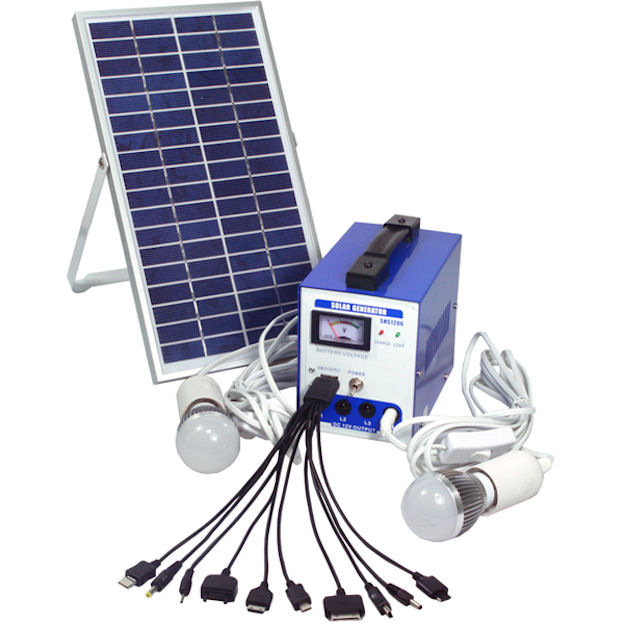You may or may not have heard about a PV. With our current focus on finding alternative energy you will probably hear about PV’s in the future. PV stands for photovoltaic. This is the smallest element that converts sunlight into electrical energy. PV’s are also called solar cells. At this time solar cells are being used in many developing countries to help provide solar electrical energy through solar panels, actually helping to replace conventional electrical supply at a great cost savings.
You can find many blogs these days about how a PV panel plus a battery is placed on the roof of one of these rural homes and connected to a solar light inside the home providing enough light that many of these people are cutting off their conventional electrical supply.
You. may have heard of PV’s being traditionally used for small wristwatches and calculators. These systems are becoming more and more complex and can now be used in many new areas such as: water pumps, communication systems, large appliances and outdoor lighting such as parking lots, street lights, etc.
Solar cells do not actually store any energy. In fact the energy is used up almost immediately unless it is stored in a rechargeable battery. These batteries store the electrical energy for later use.
Now that you know a little more about the basics of solar cells, how do they work in simple outdoor solar lights? Again, the sun charges the solar panel which is stored in rechargeable batteries. If the solar light has been charged with a full days sunlight, they can usually last from 8-10 hours at dark. Of course the amount of sunlight during the day, the time of year and where you have placed your light all have a bearing on how bright and how long your solar lights will shine. Never replace a rechargeable battery with a non-rechargeable battery. This could cause irreparable damage to the unit.
Don’t let those rainy or cloudy days make your solar lights less usable. With new technology in this area, you may now be able to find solar lights that can also be charged through your computer with a USB cable. In some instances you can even get an adapter so you can plug it into your wall plug.
There are so many advantages in using solar power as an alternative energy source. The only cost is your initial outlay for the solar product itself. No wiring, fast and easy to install, environmentally friendly, helps save our planets resources, can be placed far or near.
Now that you know a little more about solar energy, there is no reason not to consider using beautiful solar powered lights in your landscape design.
In addition to solar lights 101 you may want to check our Solar Lights FAQ Here

Leave a Reply